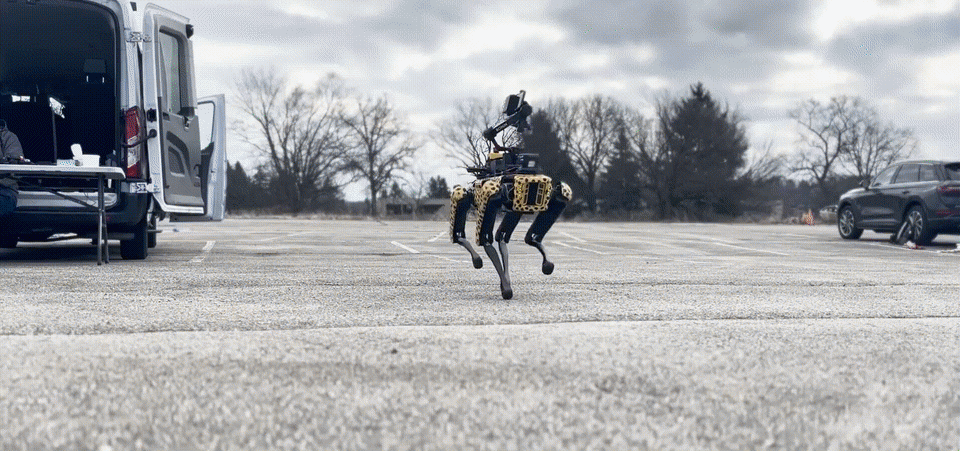Technology & Research
AI and robotics research pushing the boundaries of autonomous triage and casualty assessment in high-risk environments.
Core Technologies
AI for Medical Assessment
Real-time injury detection and triage classification using computer vision and deep learning algorithms trained on extensive medical datasets.
Remote Vital Signs Monitoring
Non-contact technologies for detecting pulse, respiration, and temperature from a distance, enabling assessment without direct patient contact.
Multi-Agent Coordination
Distributed decision-making algorithms that enable autonomous robots to efficiently coordinate their actions in complex unstructured environments.
Resilient Communications
Mesh networking techniques that maintain connectivity in challenging environments with limited infrastructure, ensuring reliable data transmission.
Recent Publications
Critical Algorithms for Medical Triage: A Pragmatic Approach to Contextual Diagnostic Segmentation
Master of Science in Biomedical Engineering - Thesis submitted in Partial Fulfillment of the Requirements for the Degree of Master of Science - Biomedical Engineering (Research)
Our Approach
Problem Identification
Collaborating with medical professionals and first responders to identify critical challenges in emergency response scenarios.
Research & Development
Exploring cutting-edge technologies and methodologies to address identified challenges through interdisciplinary research.
Prototype Testing
Building and testing prototypes in simulated emergency environments to validate technology effectiveness.
Field Deployment
Deploying refined systems in controlled real-world scenarios to gather performance data and user feedback.
Continuous Improvement
Iterating on designs and algorithms based on field data and stakeholder input to enhance system capabilities.
Year 1 Progress
First iteration implementation of our 5-step approach
Note: The following demonstration contains simulated injuries with medical mannequins and artificial blood. These simulations are used for training and research purposes only.

